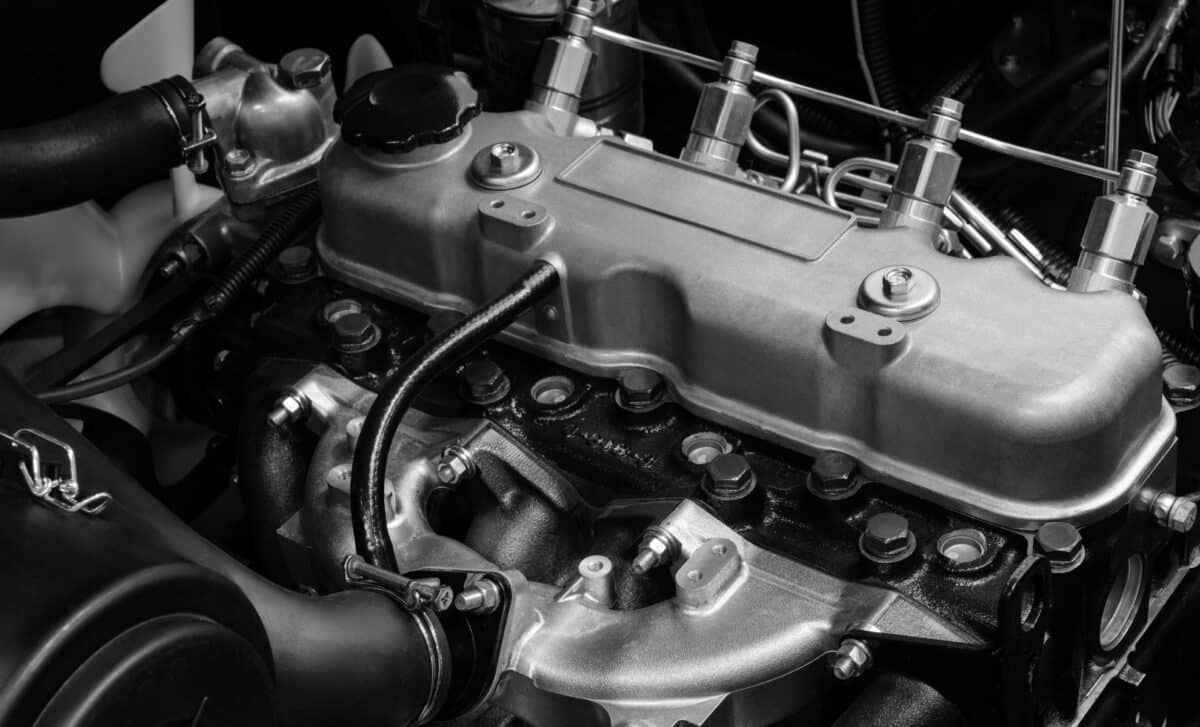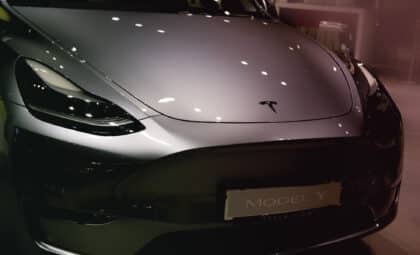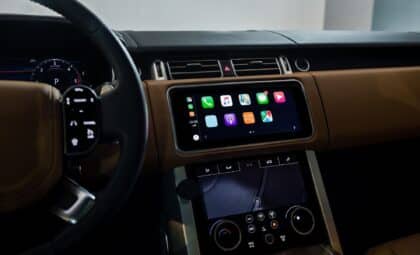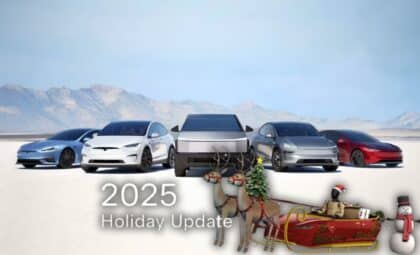Despite the European Union’s looming 2035 ban on new combustion engine vehicles, a number of manufacturers have begun to hedge their bets. Instead of pushing solely toward electrification, they’re quietly doubling back, responding to consumer demand that doesn’t seem to align with regulatory ambitions. The slowdown in EV adoption has opened a window—however narrow—for diesel’s comeback.
The electric transition, once presented as a near-inevitable march toward zero-emissions mobility, is now meeting real-world resistance. High purchase prices, limited charging infrastructure, and autonomy concerns continue to deter large segments of the public. While governments push for change, drivers—especially those with specific commercial or rural needs—are not always ready to follow.
Diesel Returns to Mainstream Lineups
In a move that seemed unthinkable just two years ago, some of Europe’s biggest auto brands have brought diesel engines back into their model ranges. Stellantis, for example, has reintroduced diesel and petrol versions of the Citroën Berlingo, a vehicle it had converted to electric-only in 2021. According to L’Auto-Journal, the shift was triggered by a noticeable drop in EV sales and an uptick in customer demand for internal combustion engines.
Volkswagen has adopted a similar approach, launching its new Tayron SUV with a diesel variant. After announcing a rapid transition toward electric vehicles, several manufacturers are now reconsidering their timelines. The pace of change once assumed to be linear is proving more jagged, with strategic pivots driven less by environmental goals and more by immediate market pressures.
This cautious return isn’t isolated to one brand or market. It reflects a broader recalibration in the automotive sector, where cost-benefit calculations are shifting again. Rather than being guided solely by future-facing legislation, carmakers are now grappling with current consumer behavior, where diesel still offers a perceived balance of affordability, range, and familiarity.

Short-Term Strategy, Long-Term Dilemma
Although diesel remains unpopular in political discourse, it continues to attract buyers—particularly in the commercial and rural sectors, where electric alternatives are often impractical. Nadine Cormier, a labor union representative at the Stellantis plant in Rennes, reported to Europe 1 that there is “strong commercial demand for diesel engines.” This aligns with Matthieu Noël, analyst at Roland Berger, who sees the move as a pragmatic but temporary fix.
“Some manufacturers are extending the production of certain thermal vehicles,” Noël noted, “but it’s not a solution that can last until 2030.” The industry is therefore walking a tightrope—balancing short-term sales goals with the necessity to meet long-term regulatory deadlines. Diesel, while profitable and still viable in many segments, does not offer a path forward beyond the current decade.
This tension is especially visible in countries like France, where diesel cars have experienced a mild resurgence despite previous efforts to phase them out. EV sales in France have slowed slightly since last year, suggesting a disconnect between policy ambition and consumer uptake. While governments talk of bans and incentives, drivers are voting with their wallets, and often, they’re choosing diesel.
Manufacturers Respond to Uncertain Demand
The pivot back to diesel reveals a deeper uncertainty within the automotive world. Electrification was once framed as a straightforward upgrade, but its rollout has proven more complex and uneven. The current infrastructure, pricing models, and battery technology haven’t yet convinced a critical mass of consumers—especially in regions where fuel is still relatively accessible and affordable.
As regulations evolve and deadlines approach, companies are forced to adapt in real time. The European Commission’s plan to end combustion vehicle sales by 2035 is creating strategic ambiguity, particularly for brands trying to balance innovation with profitability. The reintroduction of diesel engines isn’t necessarily a rejection of electric mobility—it’s a reflection of how difficult the transition is proving to be.









